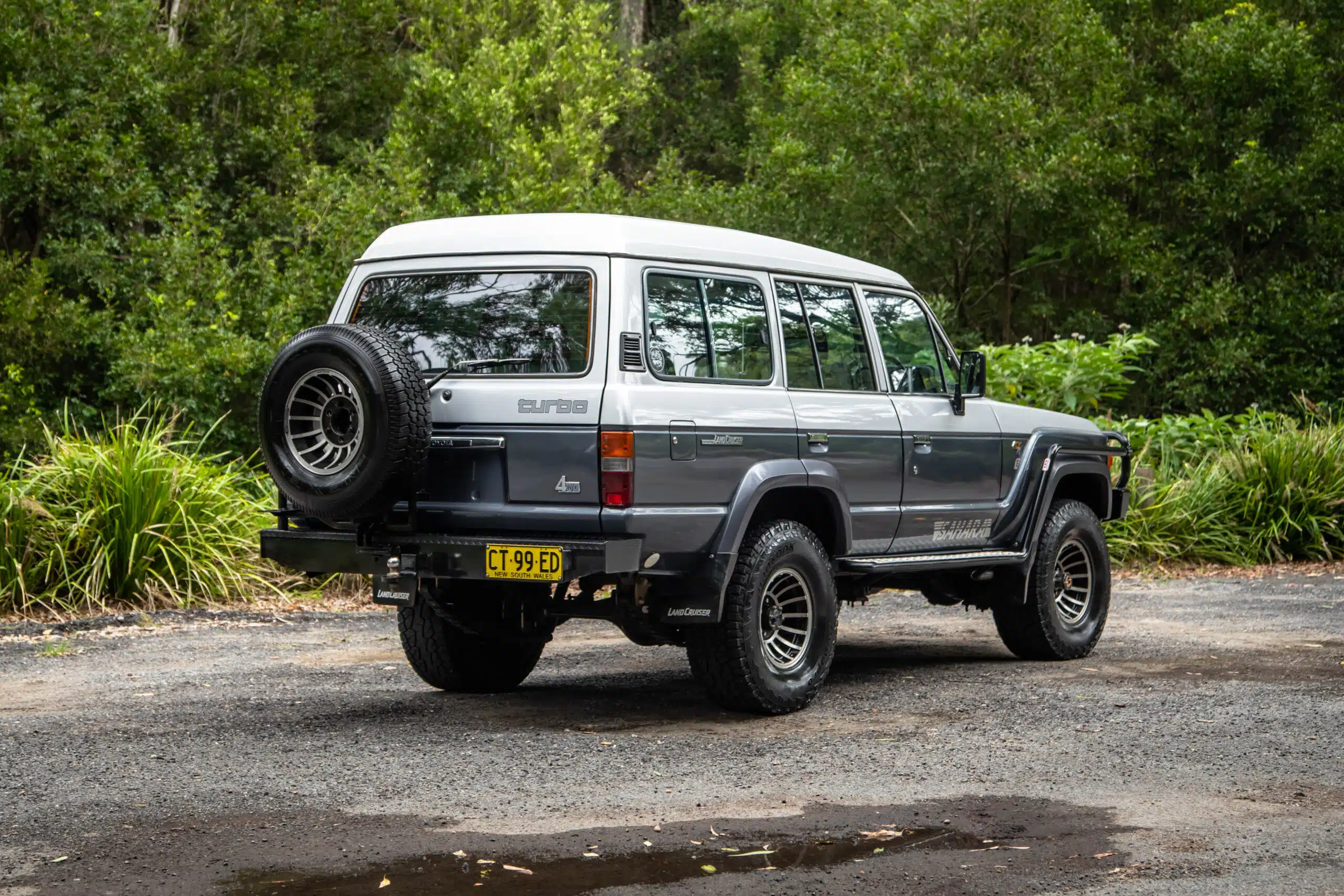Likes
- Toyota reliability
- Spare parts are plentiful
- Excellent off-road abilities
- No-nonsense adventure vehicle





















The Toyota LandCruiser 60 Series marked a transition point for the LandCruiser, visually moving away from the quaint old FJ55 with its separate front fenders and cross-eyed headlights, providing a more refined, comfortable and consumer-friendly package.
The 60 Series retained the FJ55’s overall proportions and ladder frame-chassis construction with the body bolted on top, as well as carry-over suspension from the 55 including leaf springs front and rear, and live axles at both ends meaning that while it was now a far more sophisticated four-door, five-seater truck, it would still tackle even the toughest terrain you could throw it at.








































If you are happy to deal with 30-year-old truck-like driving dynamics, the lack of safety and tech and all the idiosyncrasies that come with a vehicle of this age, the size and are planning on actually using its immense off-road and adventure abilities, yes.
Good condition 60 Series are either going to hold their value or increase in price and many mint examples are being snapped up by collectors right now so our tip is get in while you can, but please remember these things are getting very long in the tooth so make sure you get it inspected by your local qualified mechanic before you hand over your cash.
If you are happy to deal with 30-year-old truck-like driving dynamics, the lack of safety and tech and all the idiosyncrasies that come with a vehicle of this age, the size and are planning on actually using its immense off-road and adventure abilities, yes.
Good condition 60 Series are either going to hold their value or increase in price and many mint examples are being snapped up by collectors right now so our tip is get in while you can, but please remember these things are getting very long in the tooth so make sure you get it inspected by your local qualified mechanic before you hand over your cash.
If you are happy to deal with 30-year-old truck-like driving dynamics, the lack of safety and tech and all the idiosyncrasies that come with a vehicle of this age, the size and are planning on actually using its immense off-road and adventure abilities, yes.
Good condition 60 Series are either going to hold their value or increase in price and many mint examples are being snapped up by collectors right now so our tip is get in while you can, but please remember these things are getting very long in the tooth so make sure you get it inspected by your local qualified mechanic before you hand over your cash.
Body style:
Engine & outputs:
Transmission:
Fuel use:
Dimensions:
Ground clearance:
Towing capacity:
Payload:
Body style:
Engine & outputs:
Transmission:
Fuel use:
Dimensions:
Ground clearance:
Towing capacity:
Payload:
Body style:
Engine & outputs:
Transmission:
Fuel use:
Dimensions:
Ground clearance:
Towing capacity:
Payload:
Warranty:
1-year/20,000kms
Servicing:
10,000kms or every 6 months
Have ultimate peace of mind when buying a used car by purchasing an official PPSR report.
Please note that pricing information is subject to fluctuations in the automotive market.
Information correct as of March 19, 2021.
The advice provided on this website is general advice only. It has been prepared without taking into account your objectives, financial situation or needs. Before acting on this advice, you should consider the appropriateness of the advice, having regard to your own objectives, financial situation and needs.
Read our full terms and conditions here.
© 2024 ReDriven All Rights Reserved